ADVERTISEMENT

We've reached an era in collecting where it feels like everything is known, all the good watches have been discovered, and there's nothing new under the sun. The proliferation of information, which was often out of reach even twenty years ago, has made it incredibly difficult to find something earth-shatteringly new to get people even to sit up a little bit in their seats. Sure, there are still some great watches yet to be found, but there are also a few exceptional watches that are known to collectors but haven't been seen publicly for quite some time, which gives a sense of rediscovery when studying them.
A previously unknown and restored Patek Philippe split-seconds single-button chronograph formerly belonging to famed racer Henry Segrave and Amelia Earhart, sold at Monaco Legend Group auction for €1,736,000.
Through the boom of the market, these watches have sat quietly tucked away in the vaults of lucky owners, unmoved by the chance to make a boatload of money—true collectors' pieces owned by true collectors. Studying two of these watches got me thinking: what would be on the list of top five watches that, if they were to come to market after a long time away, could potentially completely reset our expectations for value in the vintage world?
The nearly $10 million Patek Philippe ref. 1518 "pink-on-pink" that shocked the world with its price in 2021. Photo courtesy Sotheby's.
That's not to say that the watches I'm going to talk about would break the record of the Paul Newman Daytona or Grandmaster Chime in steel. Instead, I think they could reframe our view of the prices of exceptional watches as a whole. Watches like this have come to market recently—Sotheby's unexpected $9.57 million price tag for a pink-on-pink Patek 1518 in 2021 is one example. The Patek ref. 570 that recently sold at Phillips in 2024 for over $1 million is another. Both results changed how many people thought about the reference and will likely result in a bump in collectability for even average examples. The $10,000,000 mark has been a ceiling that watches have struggled to break, except for four watches in history. But any of these watches could very well help crack that ceiling again.
Rolex "Bao Dai" ref. 6062 sold in 2017 at Phillips for CHF 5 million. Photo courtesy of Phillips.
This has been a long-gestating thought experiment for me. With a basic framework in mind, I set some restrictions when finally making a "Top Five" list.
- The watch must have been off the market for at least 10 years, long enough that seeing it again would evoke that sense of "rediscovery" for both new and older collectors. It's an arbitrary timeframe but excludes some famous record-setting watches, such as the Rolex "Paul Newman" Daytona, the Rolex "Bao Dai," the George Daniels Space Traveller, and a few others.
- I'm not going to pick any modern pièce unique watches, gem-set Grandmaster Chimes, OnlyWatch entries, or steel 1518s (as an example of the latter has recently resurfaced on the market). I'm also passing up the opportunity to explore the potential value of John Lennon's 2499.
This list is far from exhaustive and omits a few that I could make a strong case for including. It's also very heavy on one brand, so if you have other ideas, please leave your picks in the comments below.
Patek Philippe ref. 2499 in Platinum
One of two platinum 2499's created for Mr. Stern himself in 1987.
The obvious first choice—and likely the one that would make the biggest headlines—is a watch with outstanding provenance, tremendous rarity, and one of two white-metal examples of one of Patek Philippe's ultimate watches: the Platinum 2499. The perpetual calendar chronograph ref. 2499 remains a benchmark for many collectors. With the larger case and pump-pushers on later series, it's incredibly sporty yet fantastically elegant. Two examples of the ref. 2499 were made in platinum, completed a year after the reference was technically discontinued, and rumored to have been created specifically for then-CEO and owner Philippe Stern in 1987. One of these watches resides in the Patek Philippe Museum. The other began a fascinating journey through private hands after being offered at a thematic Antiquorum sale in 1989 to celebrate Patek's 150th anniversary, consigned by Mr. Stern himself.
After purchase at auction, the watch changed hands in the mid-1990s before being purchased around 2002 by the famous musician and then mega-collector Eric Clapton (the third owner) who held onto the watch for ten years before consigning it at Christie's where it sold for what now feels like a reasonable CHF 3,443,000 — around $6 million in today's money. Sources have told me that the owner later sold the watch privately, and it now resides in its fifth collection since the Antiquorum sale.
The "Clapton" ref. 2499P from when it last came to market in 2012. Photo credit Ben Clymer.
The ref. 2499 (and ref. 2497) were the last vintage watches by Patek Philippe where white metals were used sparingly. There are no white gold 2499s, and only three white gold and two platinum 2497s were made, in comparison to the subsequent 3970 and 3940, where white metal was used frequently. When the watch last came to auction, only about 25 white metal complicated Patek wristwatches from that era were known, and about half were in Patek's hands permanently. If the watch were to come up for public auction again, it would have a great chance at toppling the "Paul Newman" Daytona's record for a piece outside a charity auction. Maybe more importantly, a good result for the 2499P might draw a few other great examples to market.
The James Schulz No. 13,511
Photo courtesy Christie's.
This watch was the impetus for the story. A dramatically underrated and little-known watch to the general public, the James Schulz no. 13,511 was the first perpetual calendar, minute-repeating chronograph wristwatch when it was officially cased in 1930. I would argue that it's the most technically important wristwatch of the early to mid-21st century. It would remain the sole wristwatch with that combination of functions until Philippe Stern took delivery of a special order ref. 3615 in 1982, now in the Patek Philippe Museum.
This tiny watch, measuring just 29mm wide and 40mm lug-to-lug, featured a platinum tonneau case and a dial signed on the reverse with "Stern" (the family that would, shortly after this watch was made, buy Patek Philippe). It was the brainchild of James Schulz, an independent New York-based manufacturer of custom watches. He would gather orders from well-heeled clients in the United States and send off orders to the very few manufacturers able to complete them. In this case, he tapped Les Fils de Victorin Piguet, which labored for three years to produce the watch.
Photo courtesy Christie's.
Over the years, the fame of the Schulz watch grew, but the man refused offers to sell. He'd use the watch in advertisements over the years and it appeared in Life Magazine in December 1940 in an article titled Watches - These are the best built in the world, listed with a price tag of $10,000 (a reasonable $230,000 in today's money), when the Henry Graves Super Complication only sold for $5,000 more around the same time. Eventually, in 1946, Schulz sold the watch to Henry J. 'Bob' Topping Jr., brother of the owner of the New York Yankees.
Photo courtesy Christie's.
The watch last sold in 2006 at Christie's for CHF 1.33 million. I've always thought that was a really reasonable sum (or as reasonable as you could say a million bucks could be), considering the importance of the watch. For more than a few collectors, this is a grail upon all other grails. While I know a few people who have privately approached the owner, they've been unable to acquire the watch. It's possible that, nearly 20 years later, we're now talking about a watch that would sell in the $3-5 million range. It could also renew interest in a few "off the beaten path" watches as well.
Patek Philippe ref. 2497 "Breguet" in Platinum
Photo courtesy Christie's.
If Helen of Troy was the face that launched a thousand ships, the Patek ref. 2497 with black enamel Breguet numerals is a watch that launched me into months of study and over 10,000 words across not one but two articles digging into a reference I otherwise didn't much previously care for. A unique watch, it's also singular in how striking and quintessentially "vintage Patek" it is for its time. When you look at early examples of perpetual calendars in the Patek Philippe Museum (and the later ref. 3615, for instance), you can see how quintessential this style of enamel Breguet numerals is to the brand. Add to that the platinum case, and you've got (in my opinion) one of the most incredible watches in Patek history.
While the ref. 2497 (Patek's first center-seconds perpetual calendar) featured raised enamel printing on all original dials. Most often, the watch featured applied Arabic numerals, baton indices, or bullet indices, depending on the series. In fact, there are only two particularly notable deviations from this design, and both are in platinum. The first, with diamond indices, is in a private collection and features a matching platinum bracelet. It's a cool watch, but a very bold look. The version with Breguet enamel numerals and pared-back minute track, however, is sporty and elegant. I think it's pretty self-explanatory as to why collectors would be quick to fight over it.
Photo courtesy Christie's.
Photo courtesy Christie's.
The watch has not been on public offer since 2008, though I got a number of inquiries about its whereabouts after my story on the reference. Back in 2008, it sold for a relatively massive CHF 3.2 million, a price not common at the time. The range the watch could achieve would be subject to the whims of bidders on a given day. But as budgets and appetites in the watch space have grown, I genuinely believe we're talking about an eight-figure watch, so I would expect to see an incredibly strong number if it comes back to market and, like the 2499P, extra interest in the reference.
Patek Philippe ref. 2458 "JB Champion"
If I told you there was a watch that sold in 2012 for just shy of CHF 3.8 million, I would imagine most people new to the collecting scene in the last five years or so would guess it was something complicated, something precious, something unique. Well, you'd be right on two accounts. The sole reference 2458 in platinum, the watch was delivered with an extra diamond-set dial. However, it's relatively simple—kind of.
On November 10, 1948, the calibre 12'''120 in this watch was awarded a Geneva Observatory rating certificate, one of only two Patek wristwatches with Observatory grade movements, which in and of itself makes the watch interesting. The other example is in the Patek Philippe museum. The fascination with this movement is kind of curious, as the watch is essentially just a Valjoux VZSS as found in watches by Audemars Piguet and Gübelin. However, some added interest comes from the provenance. This watch was purchased in 1952 by lawyer and collector J.B. Champion, who not only owned this watch but also the first-ever ref. 2526 and other important pieces. We've covered Champion's importance before, but here, the dial also reflects Champion's ownership, a particularly rare distinction. While Patek double-signed watches, it's nearly unheard of for a client's name to grace the dial of a Patek Philippe wristwatch.
Photo from our past coverage.
Until the sale of the Patek ref. 5711 "Tiffany" at a charity auction, this was the most expensive watch without complications that was ever sold publicly. The watch was bought by Alfredo Paramico, who sold it shortly after. At the time of the sale, Christie's noted that this watch is on the "top ten" list of many of the world's most renowned collectors. When I researched this story, the watch was already on my list, but I asked Auro Montanari for his take, and it was also on his list. What does this mean? It's possible this watch could yet again unseat the "Tiffany" Nautilus record for the most expensive time-only watch in the world, though maybe that's me being hopeful.
Patek Philippe ref. 2571
The Patek Philippe ref. 2571 in rose gold, in the permanent collection of the Patek Philippe Museum. It's important to note that this watch is not and will never be for sale. Photo courtesy Patek Philippe.
This watch is fascinating for a number of reasons, one of which is that it's unclear whether one could ever be available for sale. That makes it all the more attractive; the hunt could truly be on. The Patek reference 2499 was launched in 1951, the second serially produced perpetual calendar chronograph in existence, crafted with many of the hallmarks of the design of the 1518 before it, but with a 37mm case. In 1954, the brand introduced a significant design change with the second series 2499, featuring pump pushers. However, in 1955, they took a remarkable step further: they created three oversized perpetual calendar split-second chronograph models, ref. 2571.
The watches measured just shy of 40mm with sloping cases and rectangular pushers, and featured a tachymeter scale and dauphine hands. The watches are powered by the same caliber 13-130 movements, based on a Valjoux ébauche, featuring a lever escapement and a Glucydur balance with screws, as well as a self-compensating Breguet balance spring. This time, however, they modified the watch with an added split-second mechanism. There is an example in the Patek Philippe museum, movement number 868,331, cased in rose gold (case number 686,255), as seen above. This example will never be for sale, Patek Philippe very kindly reminded me. But as the only recently-photographed example (and one I've seen in person), it's a good reference point. The bezel and case appear slightly larger and less elegant than those of the 1518 or 2499; however, it remains a beautiful and purpose-built timing machine.
The "missing" ref. 2571 Gübelin. Photo courtesy Pièce Unique on Instagram.
Regarding the "missing examples," there is a photo of a Gübelin-signed example (featuring Breguet moon-shaped tails on the chronograph hands), while the other example has not been seen. A reference 2571 has never appeared on the modern market. If one did come up for sale, it could be the only opportunity to buy what is essentially the only split-second version of the Patek Philippe 2499 perpetual calendar available to the public, let alone one in an oversized case. People would nearly erupt into fistfights in the auction room. There's a good chance that the watch would also break the record held by the "Paul Newman" Daytona for the most expensive wristwatch sold at a non-charity auction. Maybe $20,000,000 wouldn't be out of the question.
Honorable Mention
I felt like including some of the honorable mentions that came up when I was mulling over the top five, but one stood out. Both the Henry Graves Super Complication and the Caliber 89 would easily make the list (though the Caliber 89 was last offered eight years ago), but it's hard to tell how the market will respond to pocket watches. True scholars love pocket watches, but to surpass the records already set by these watches would probably require a significant new bidder to enter the market.
It feels like we're at the perfect time for one of these watches to appear again on the market. Very few collectors want to be the "first" to test out how truly robust the market is, but there have been some relatively strong results for blue-chip pieces recently. F.P. Journe's second-ever wrist watch sold for $8.3 million; a Derek Pratt/Urban Jürgensen pocket watch smashed estimates at CHF 3.6 million; a second-series double-signed 2499 sold for $4.3 million. With results like these, there's a good chance that one of the watches above could completely reframe our expectations for the high-end watch collecting market.


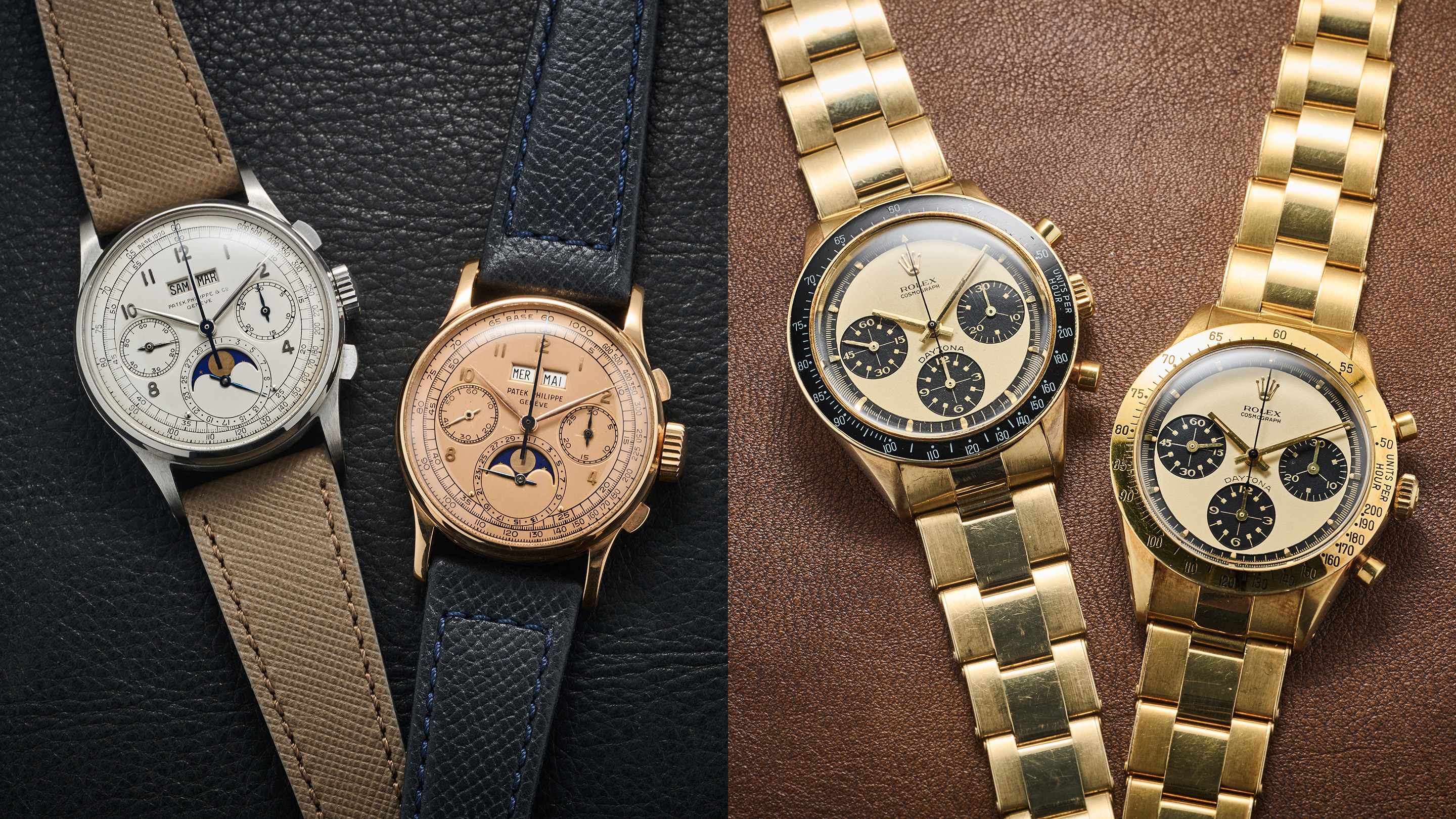
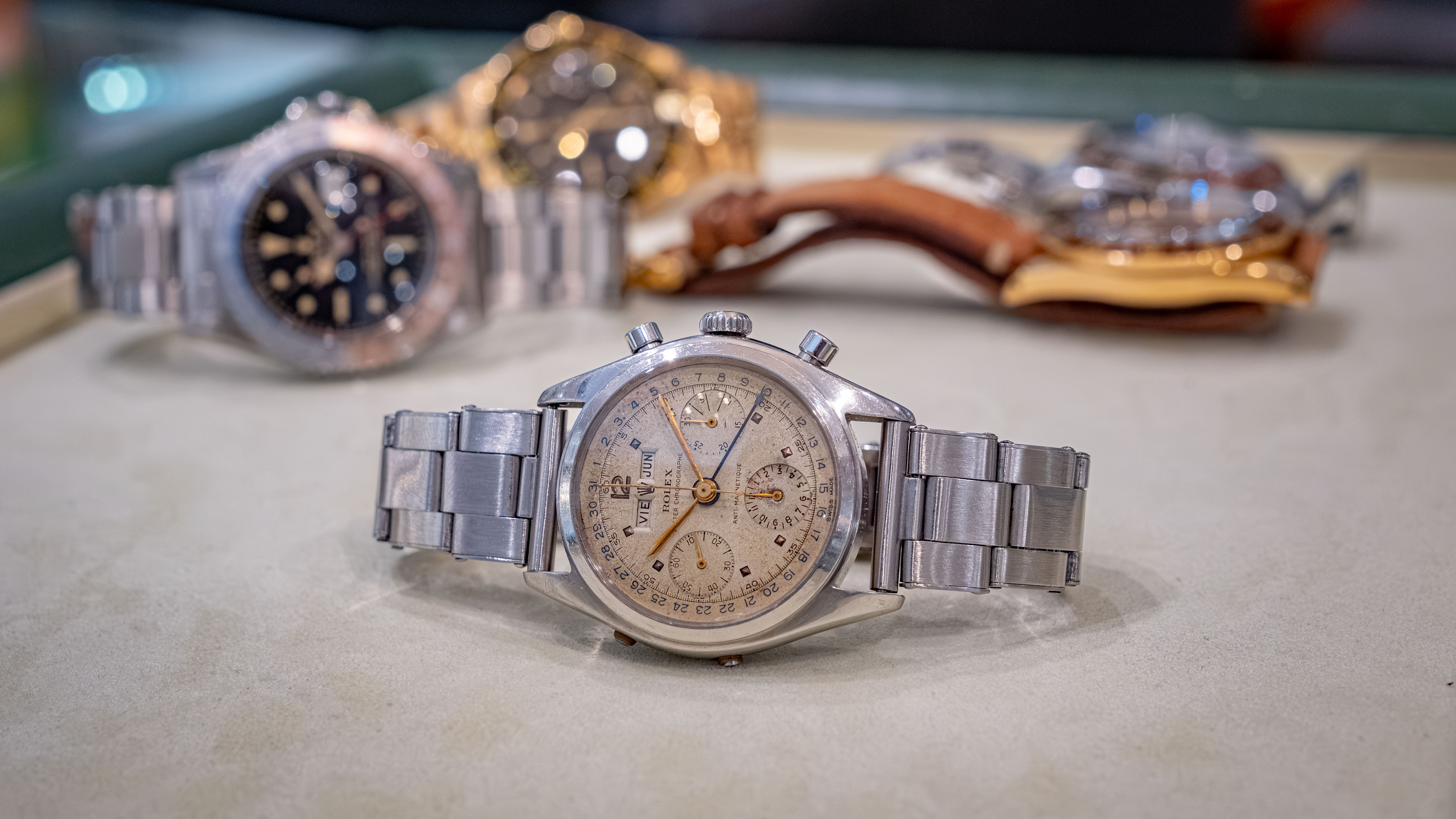



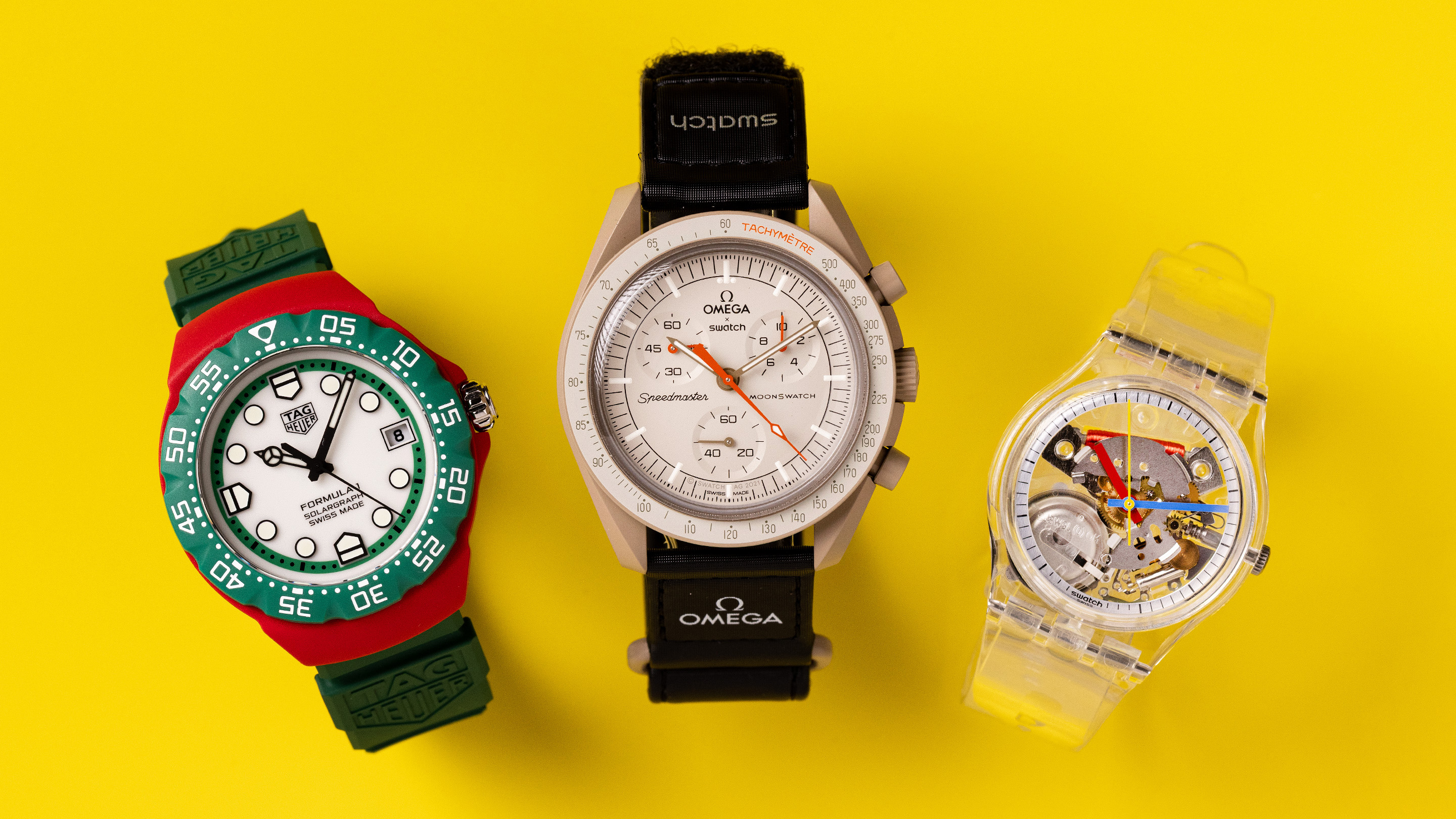
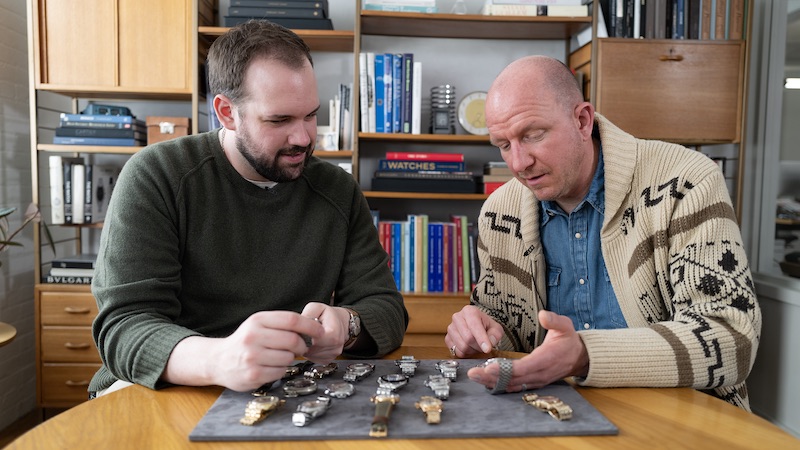



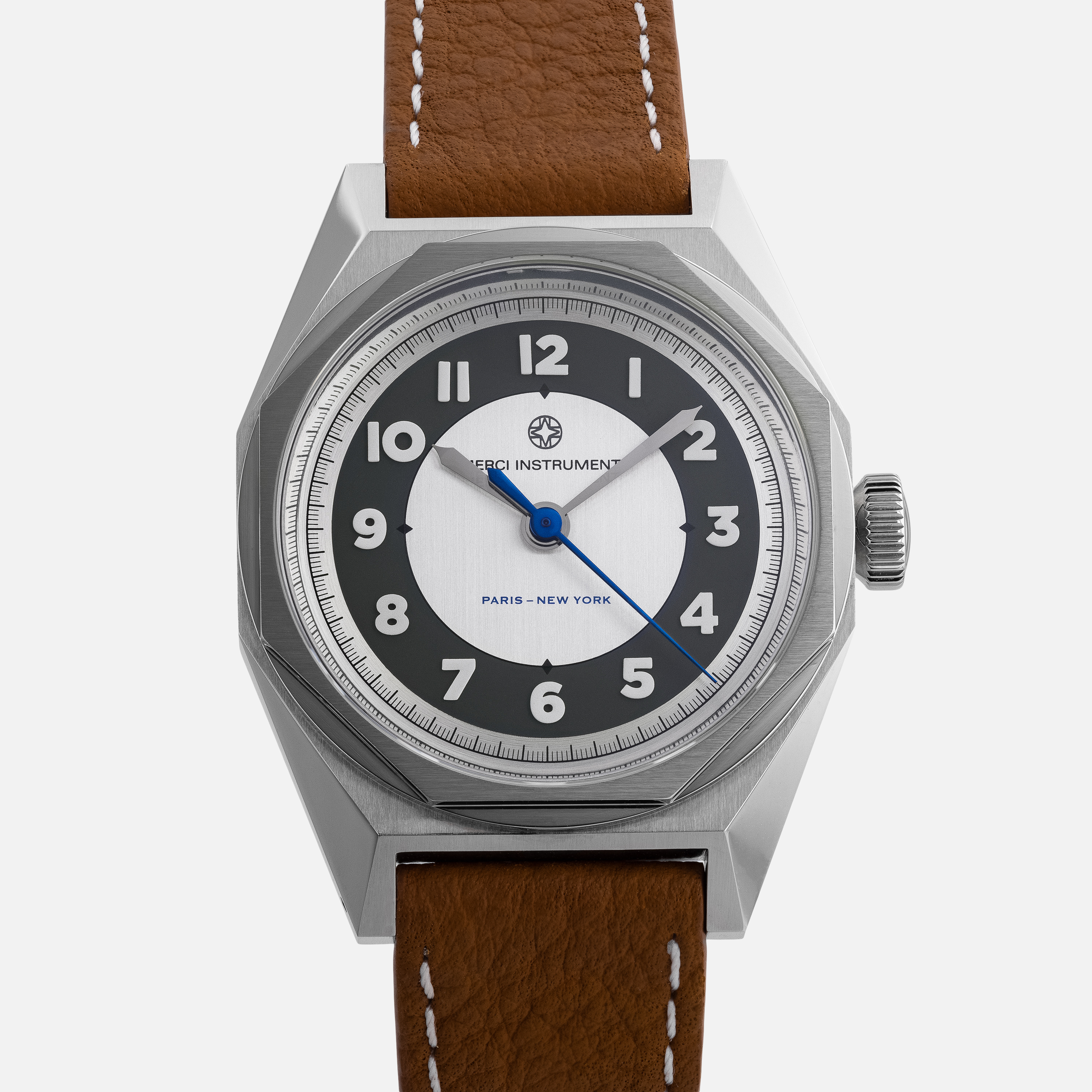











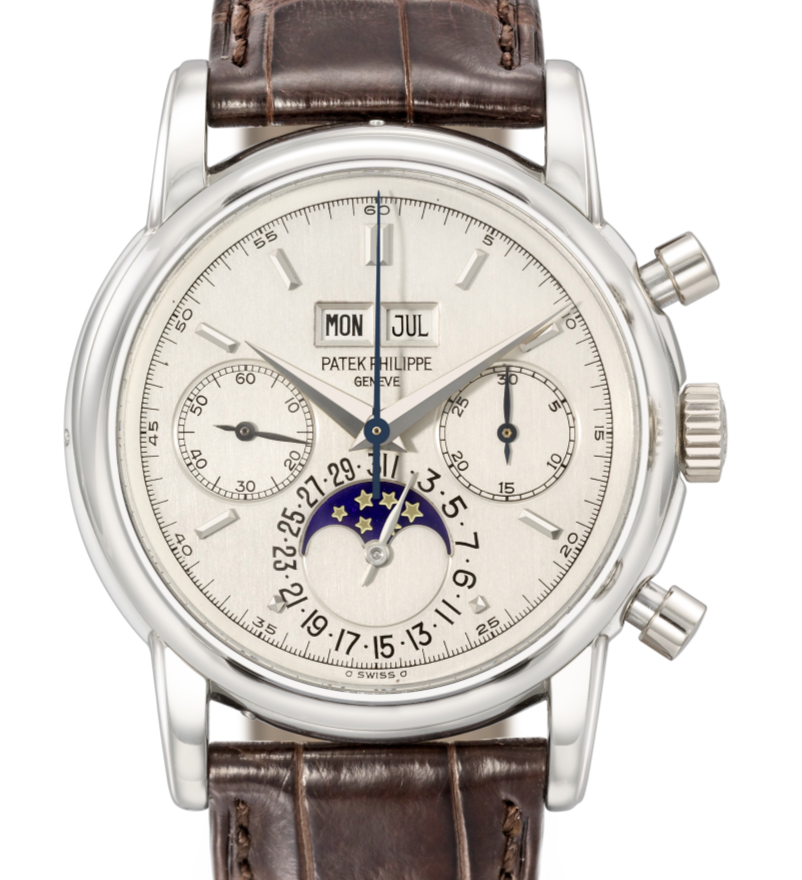
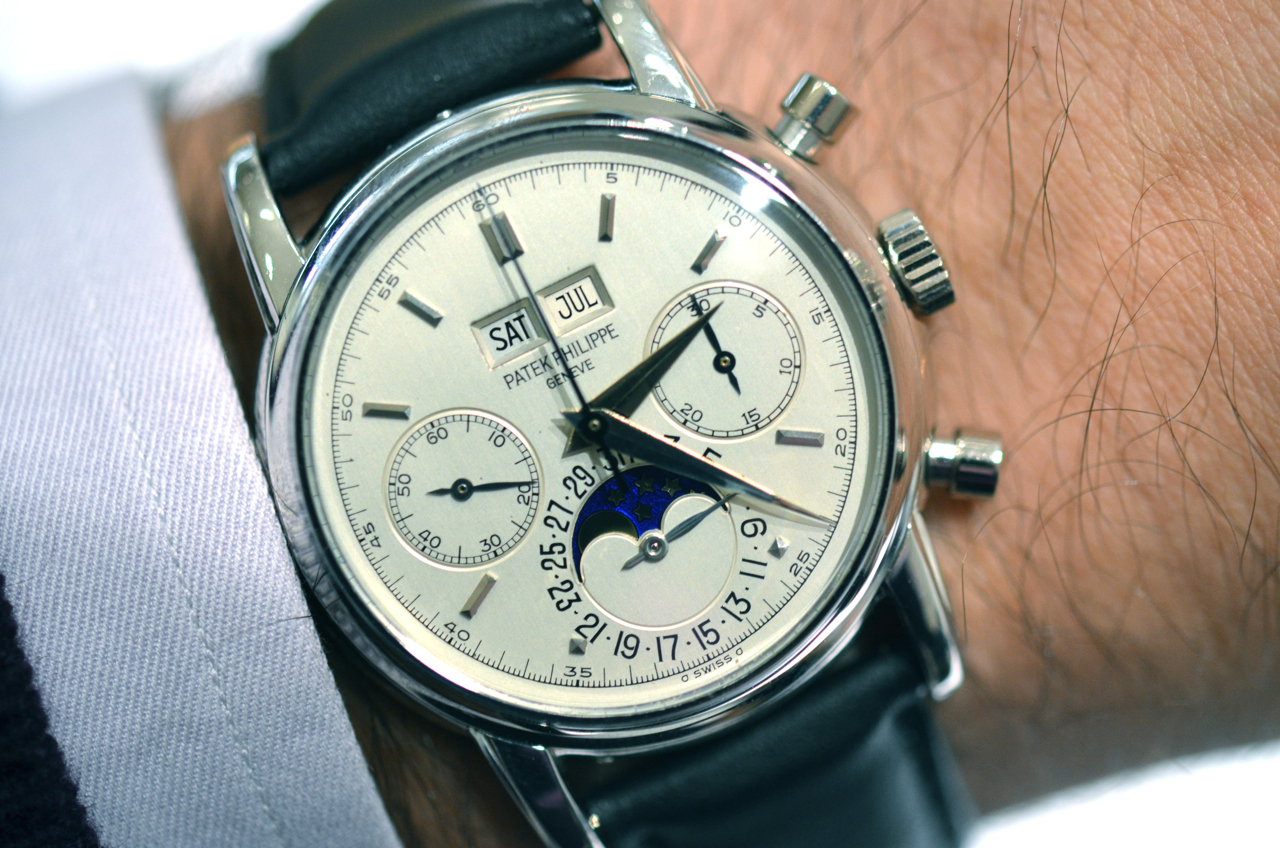
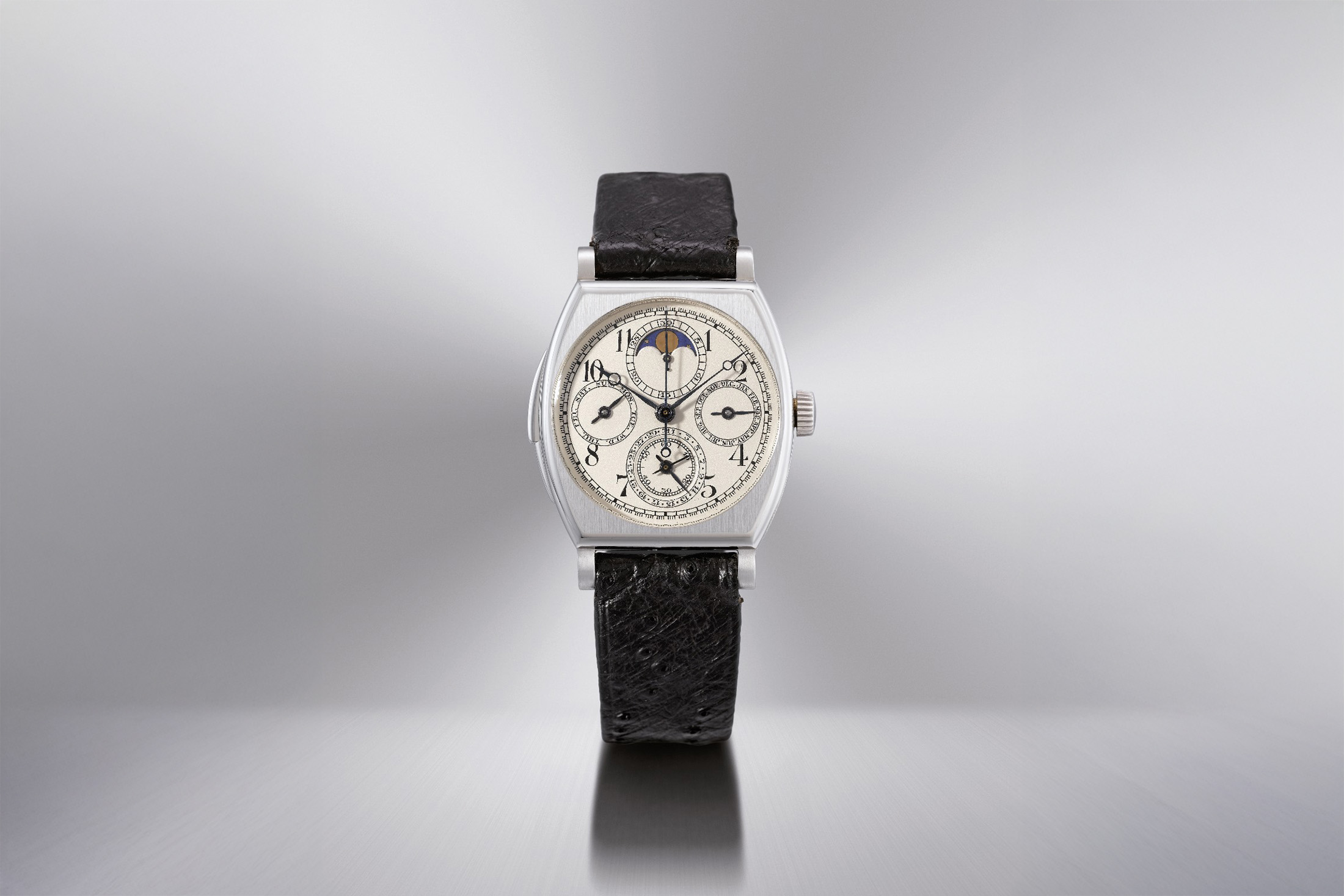
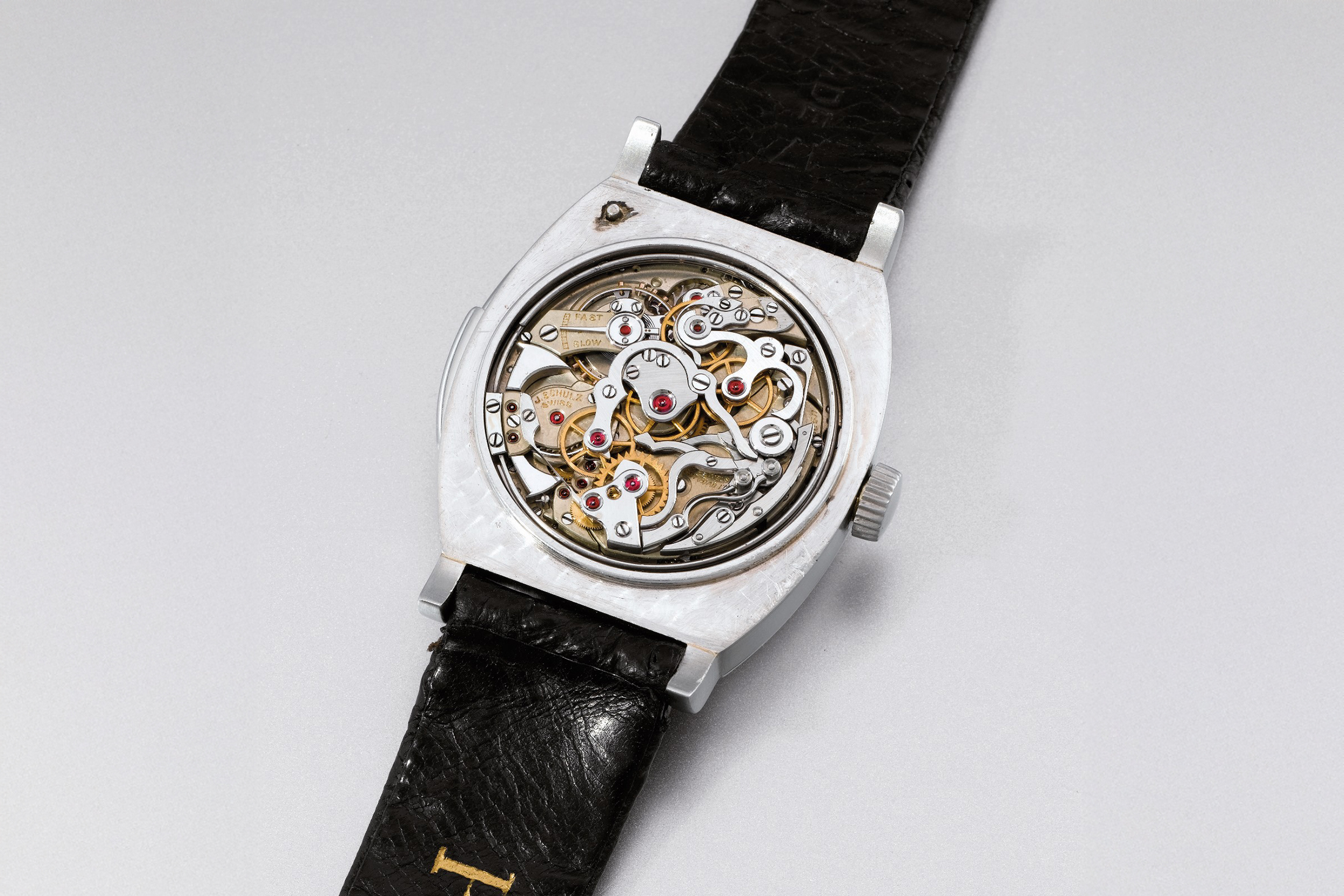
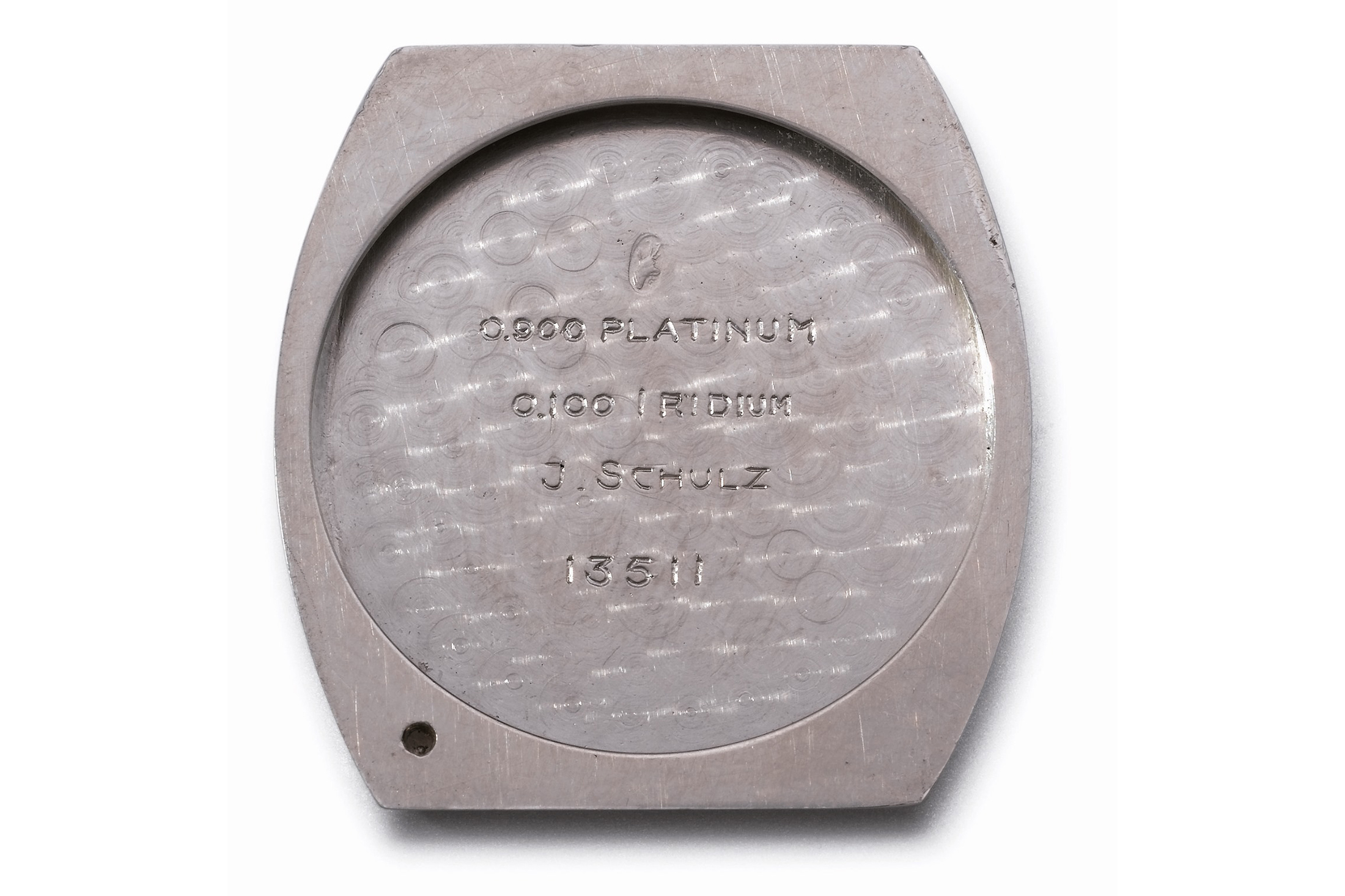
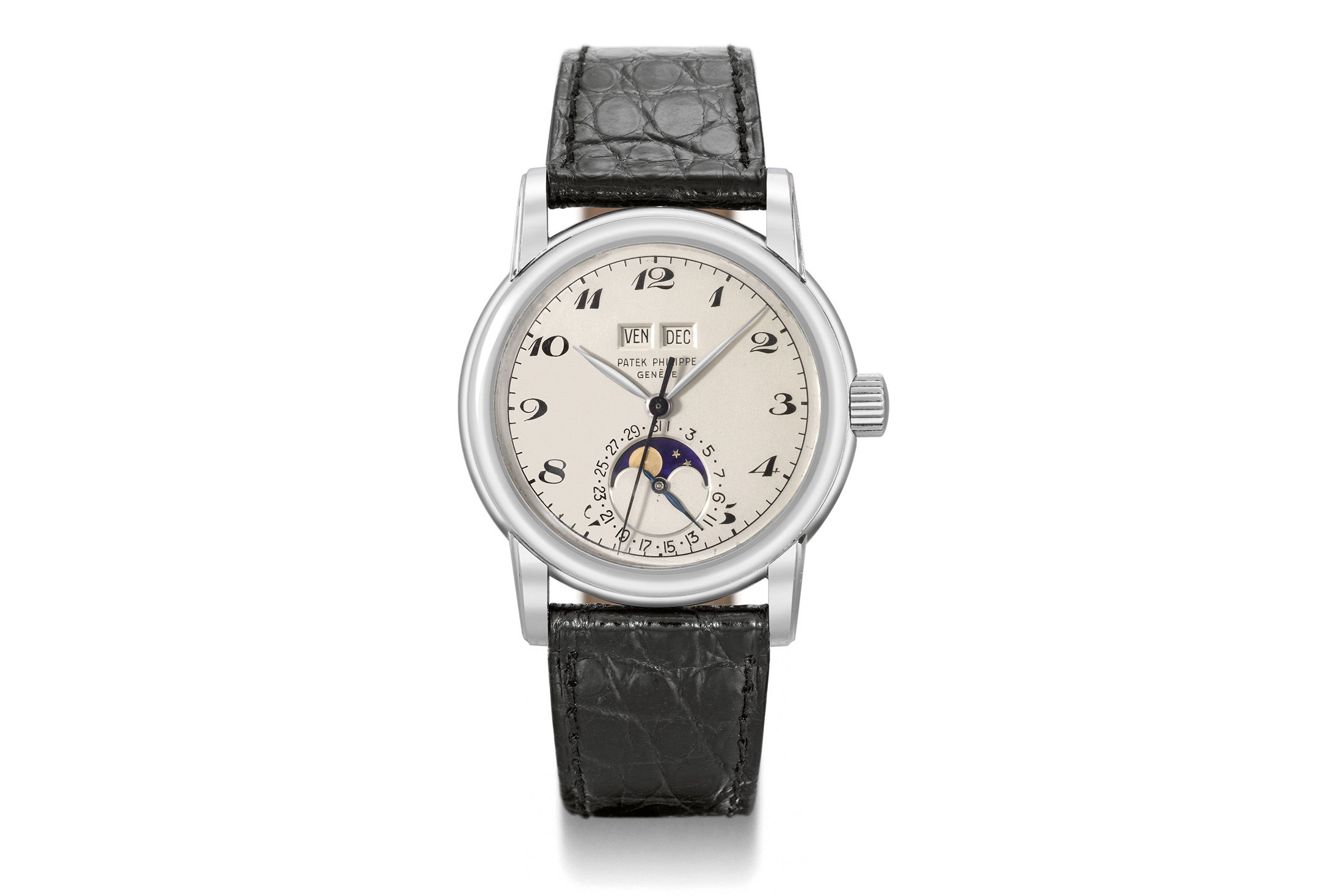
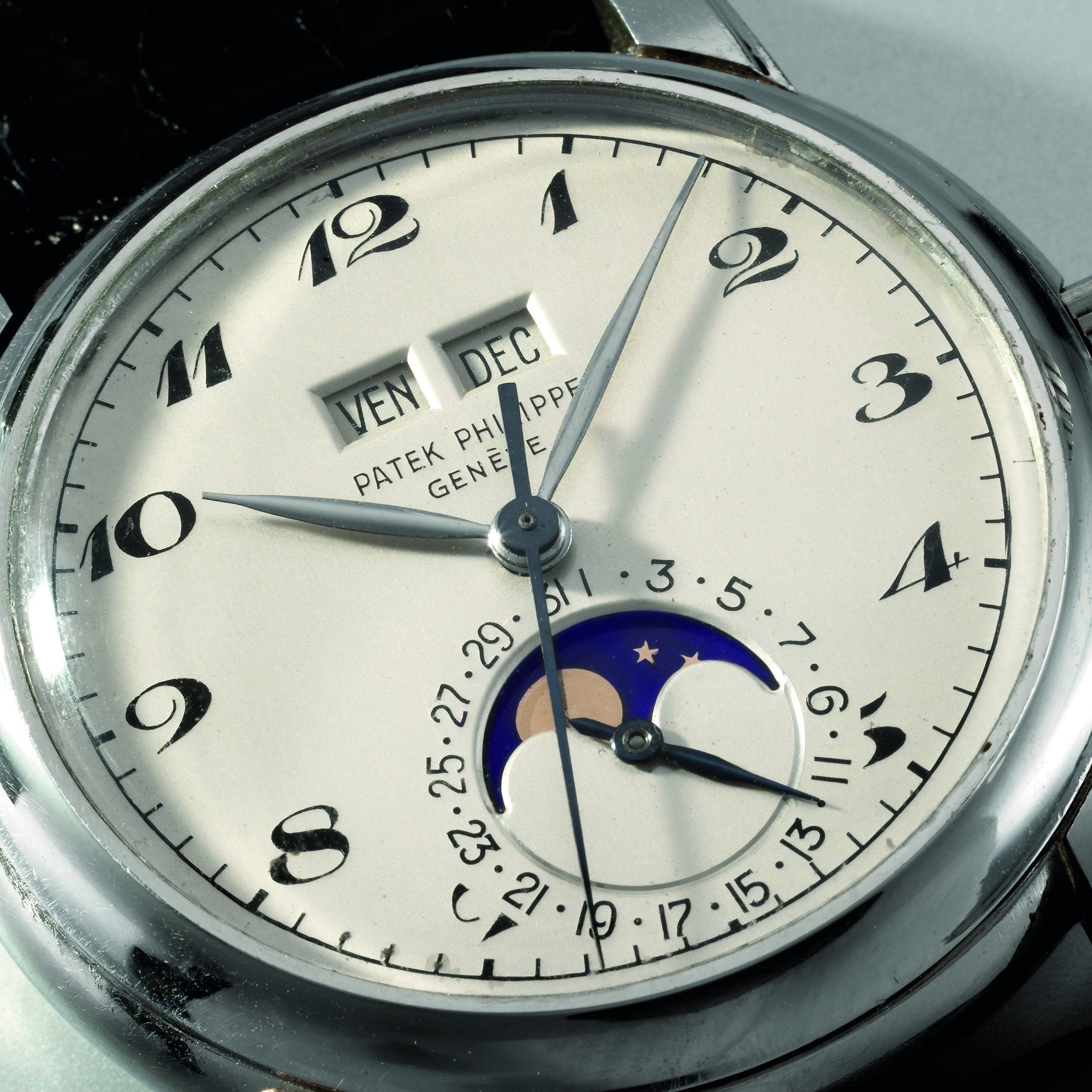
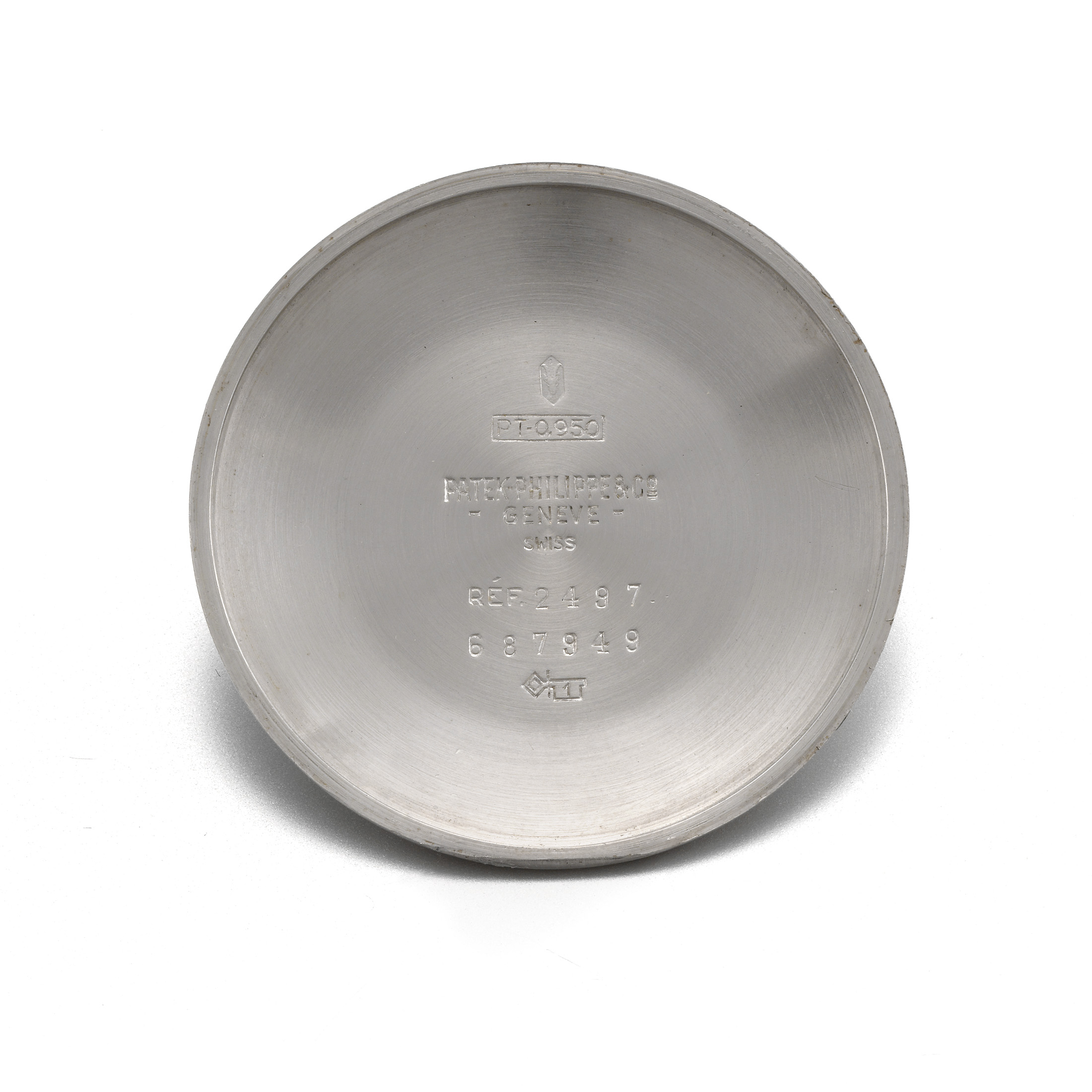



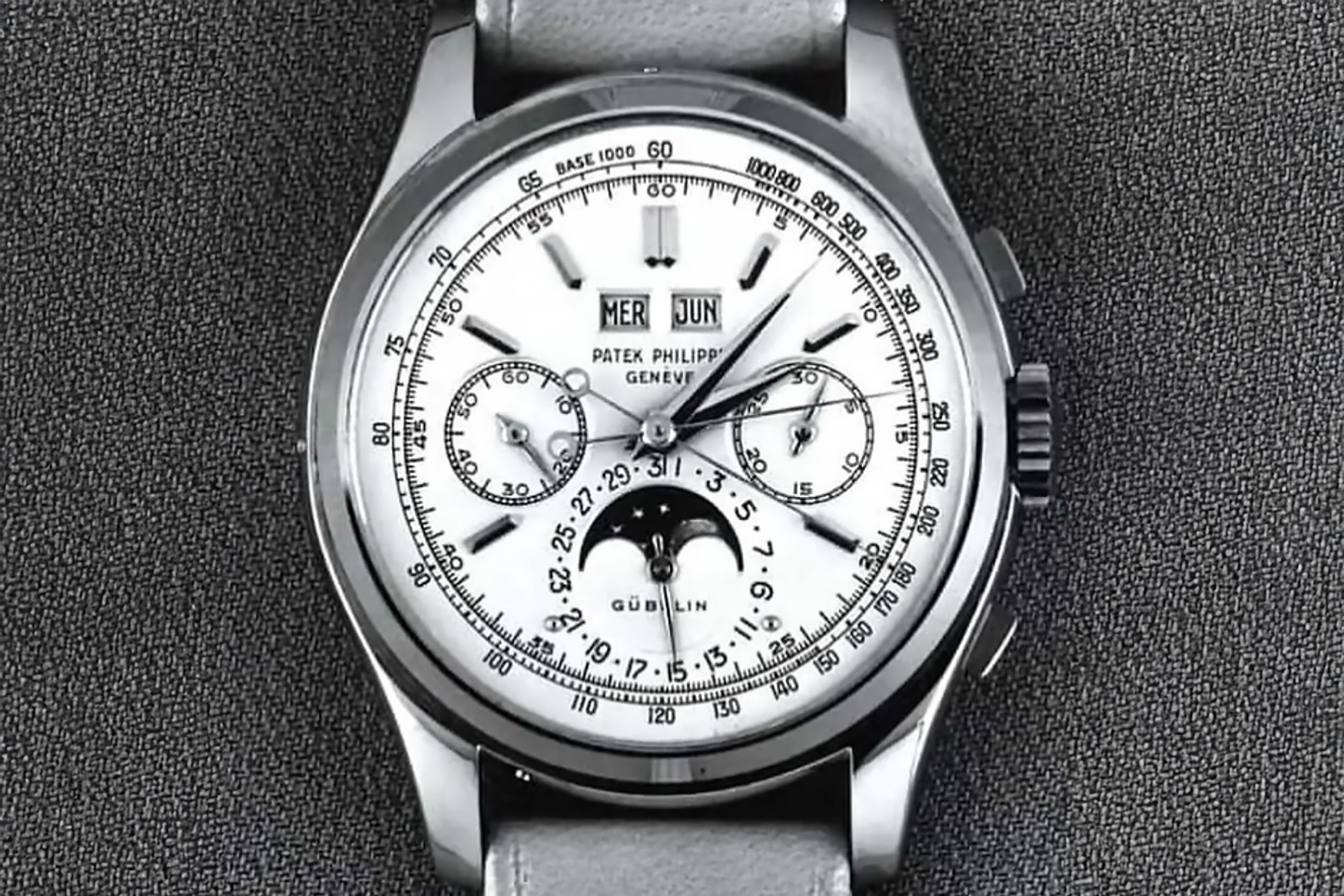
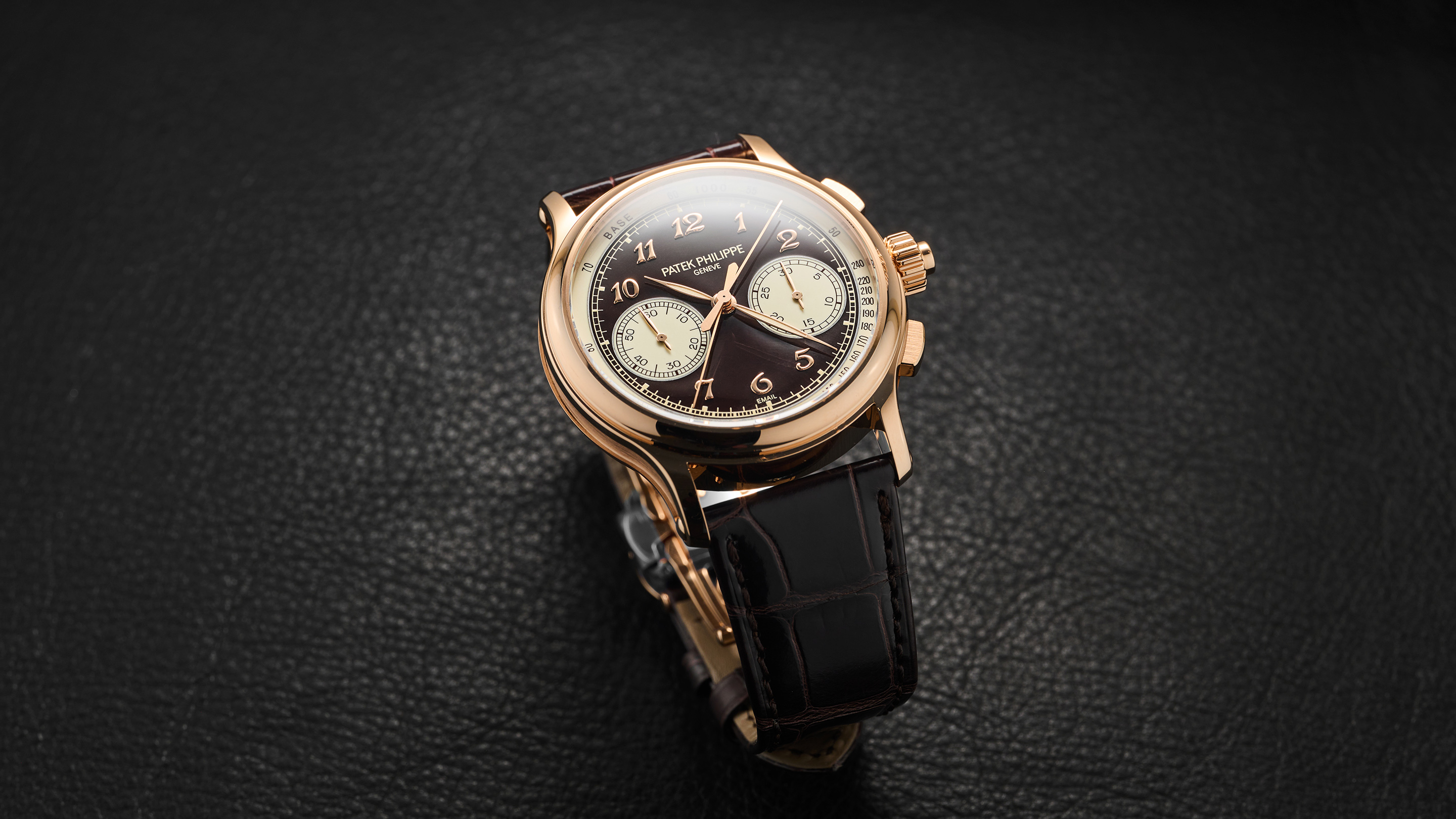
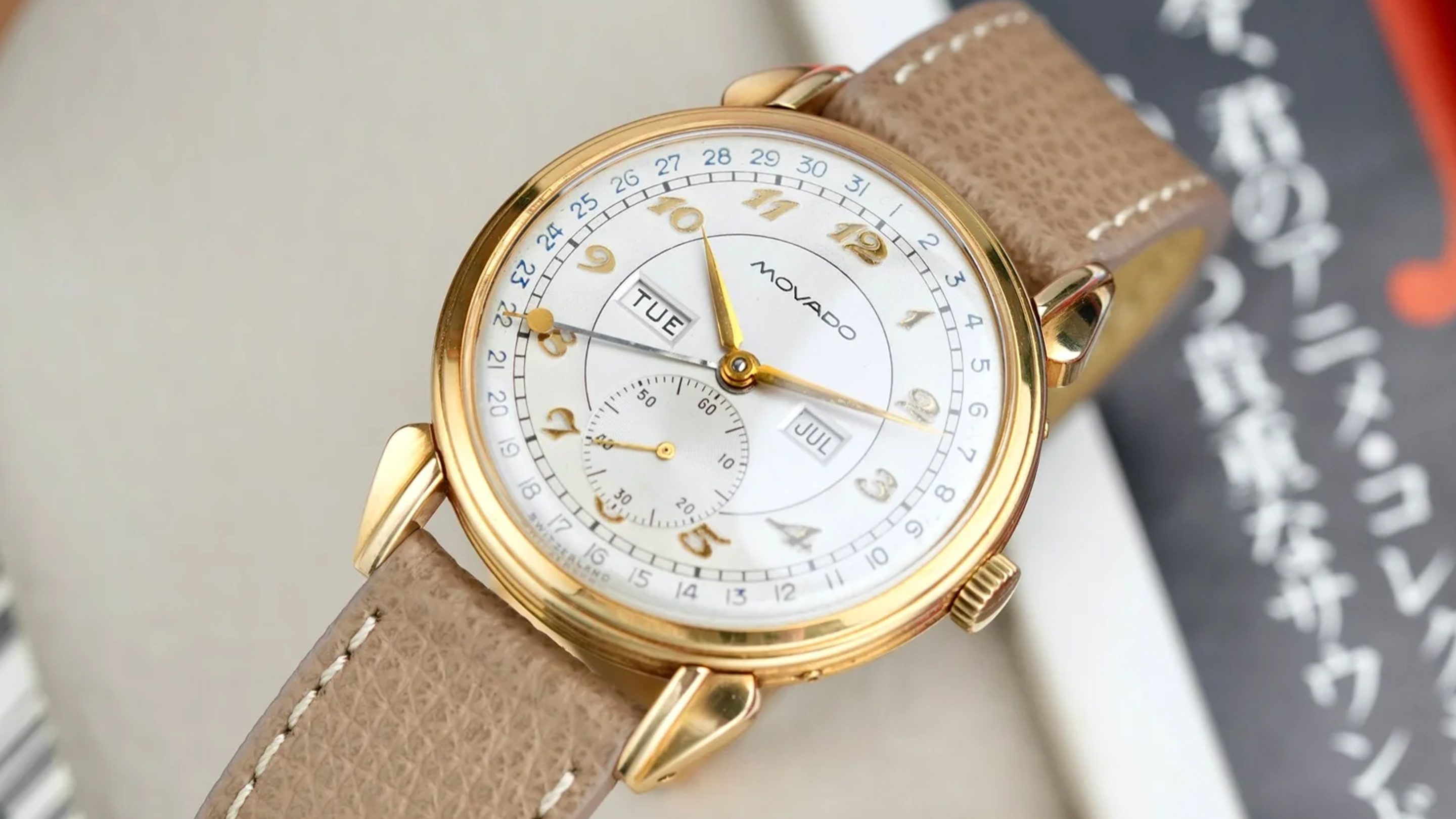
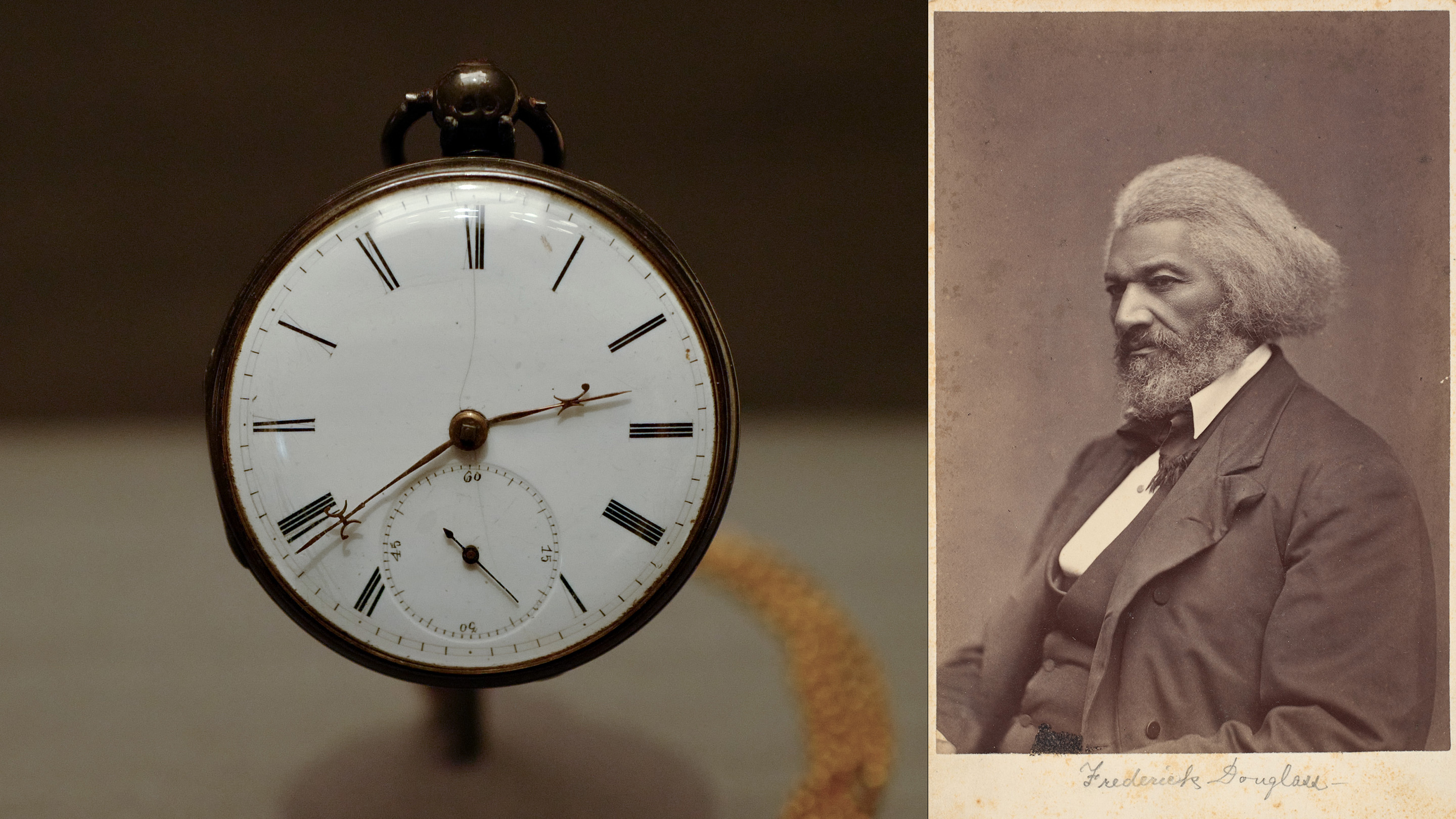



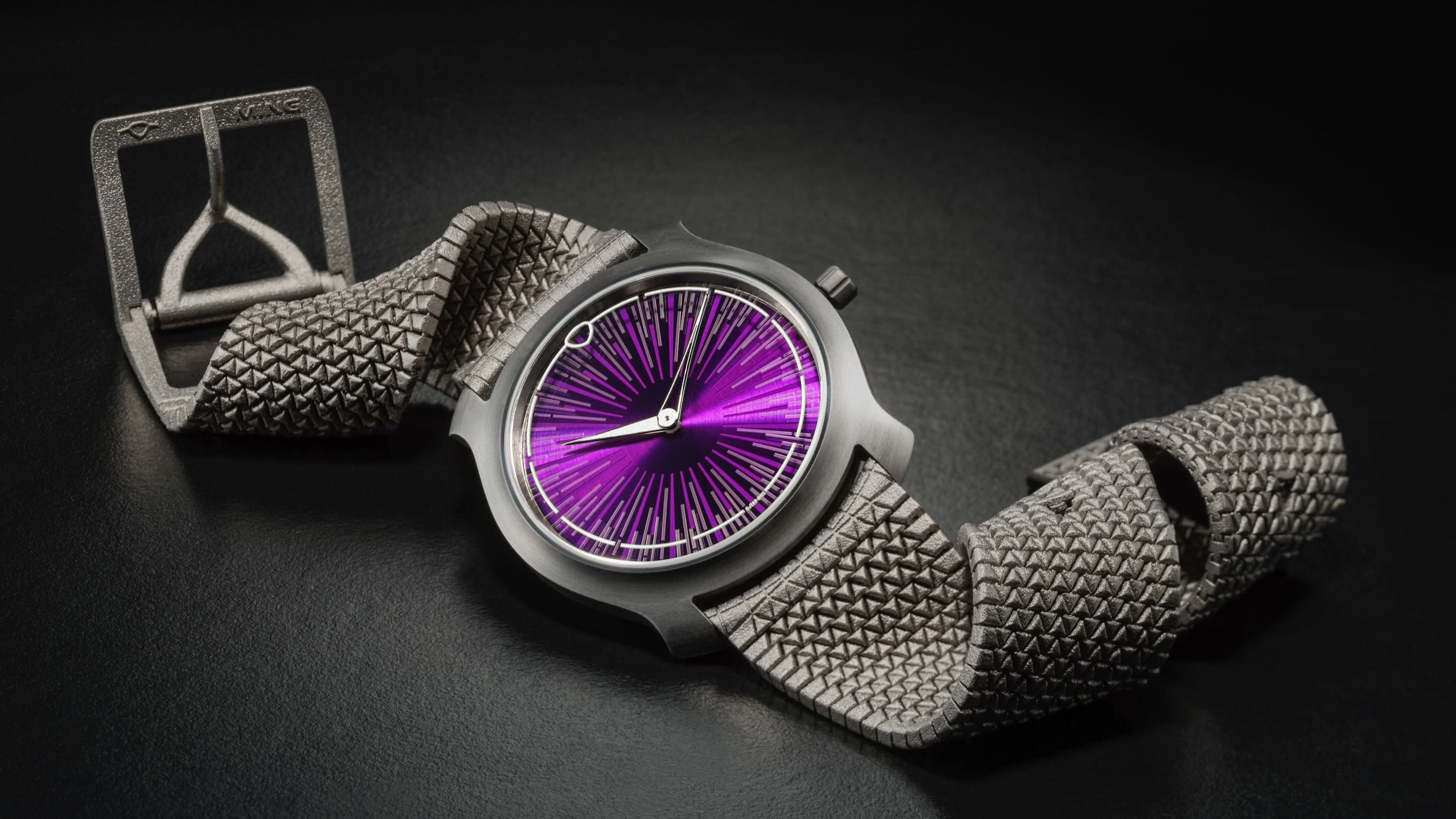
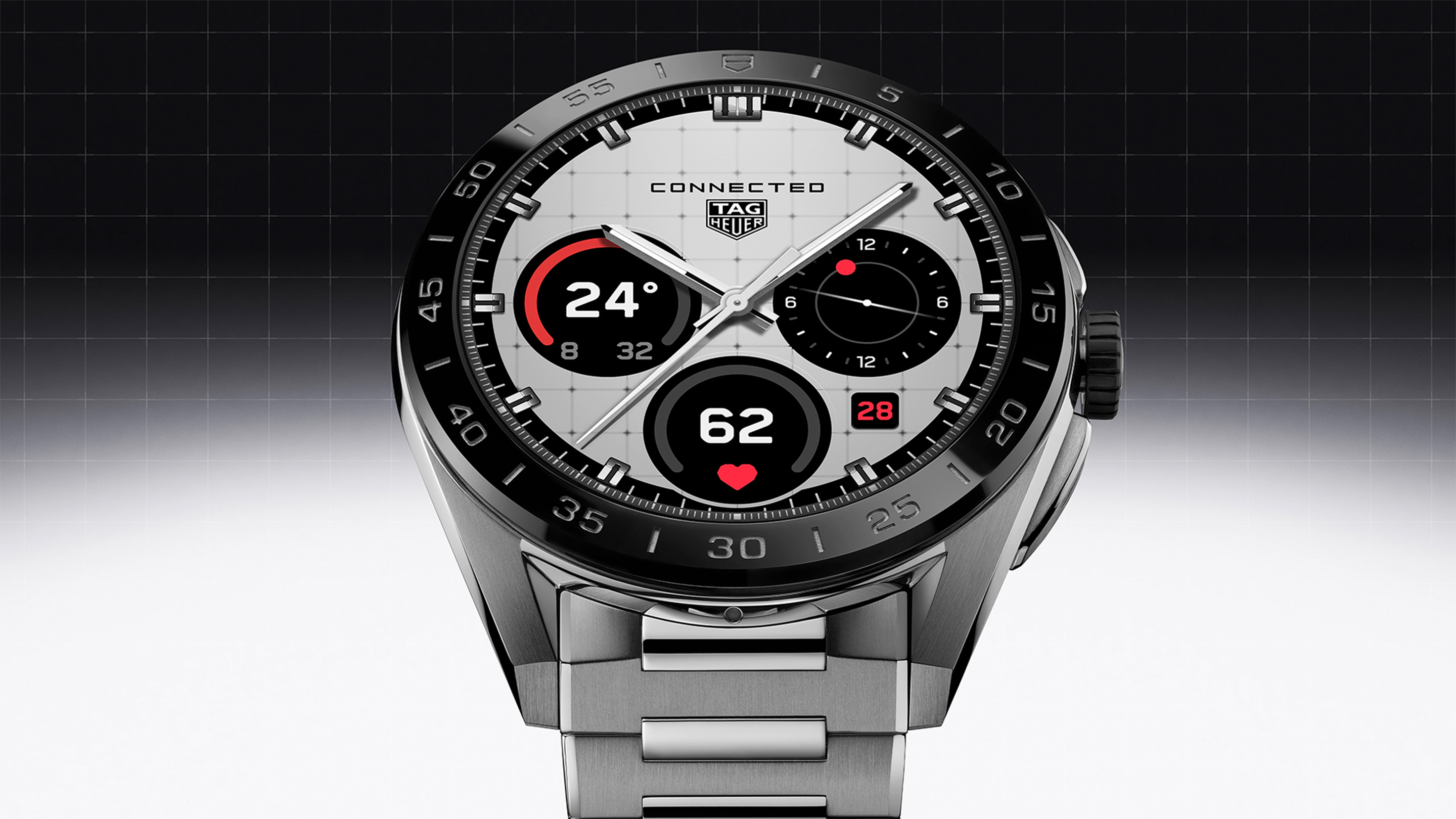
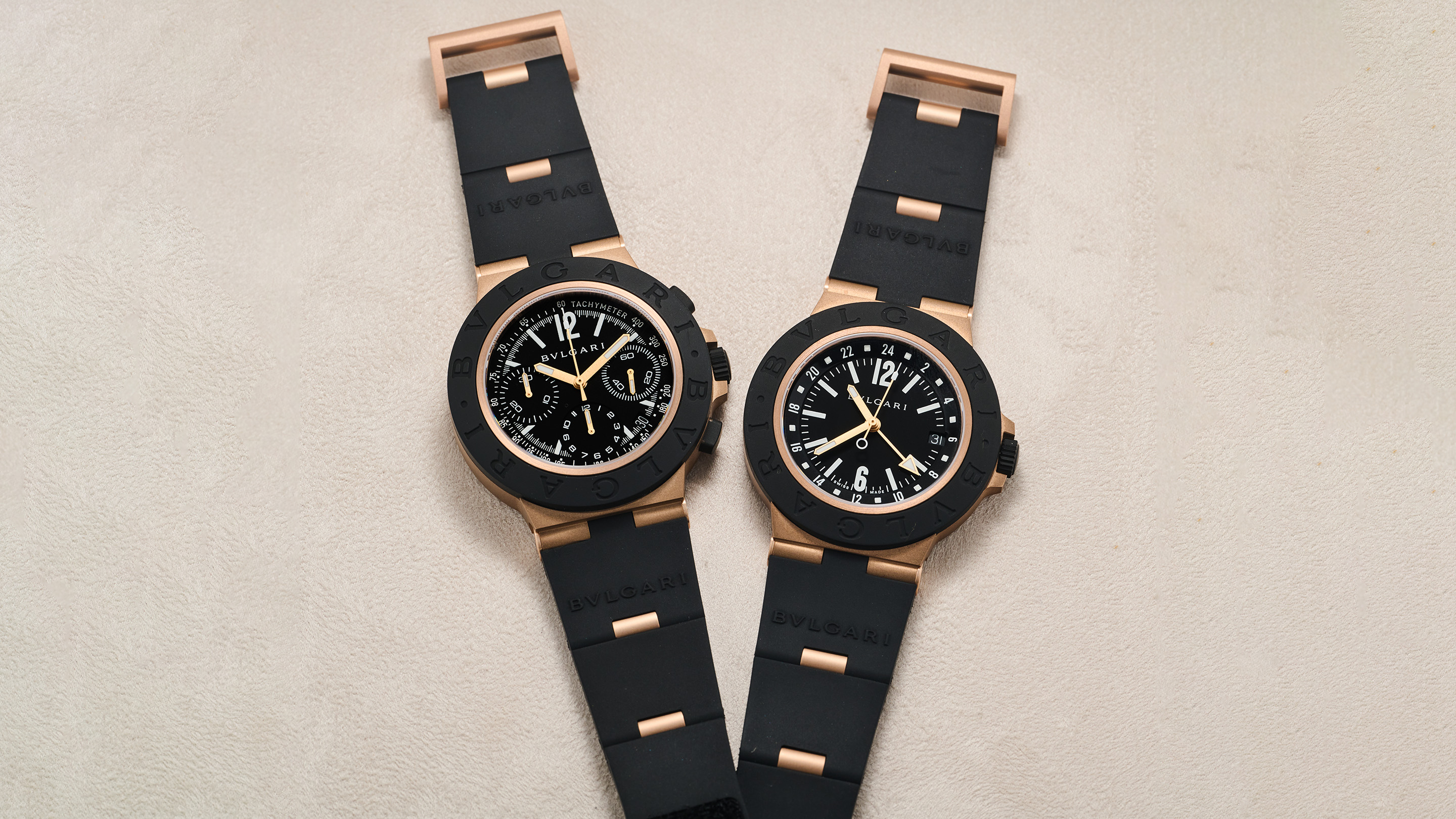
Top Discussions
Photo ReportInside Mike Wood’s ‘For Exhibition Only’: A Private Rolex Collection On Limited Display
AuctionsPreviewing Phillips’ Massive ‘Decade One’ Auction and Reflecting on Ten Years of Phillips with Bacs and Russo
IntroducingOmega Updates The Speedmaster Dark Side Of The Moon For 2025